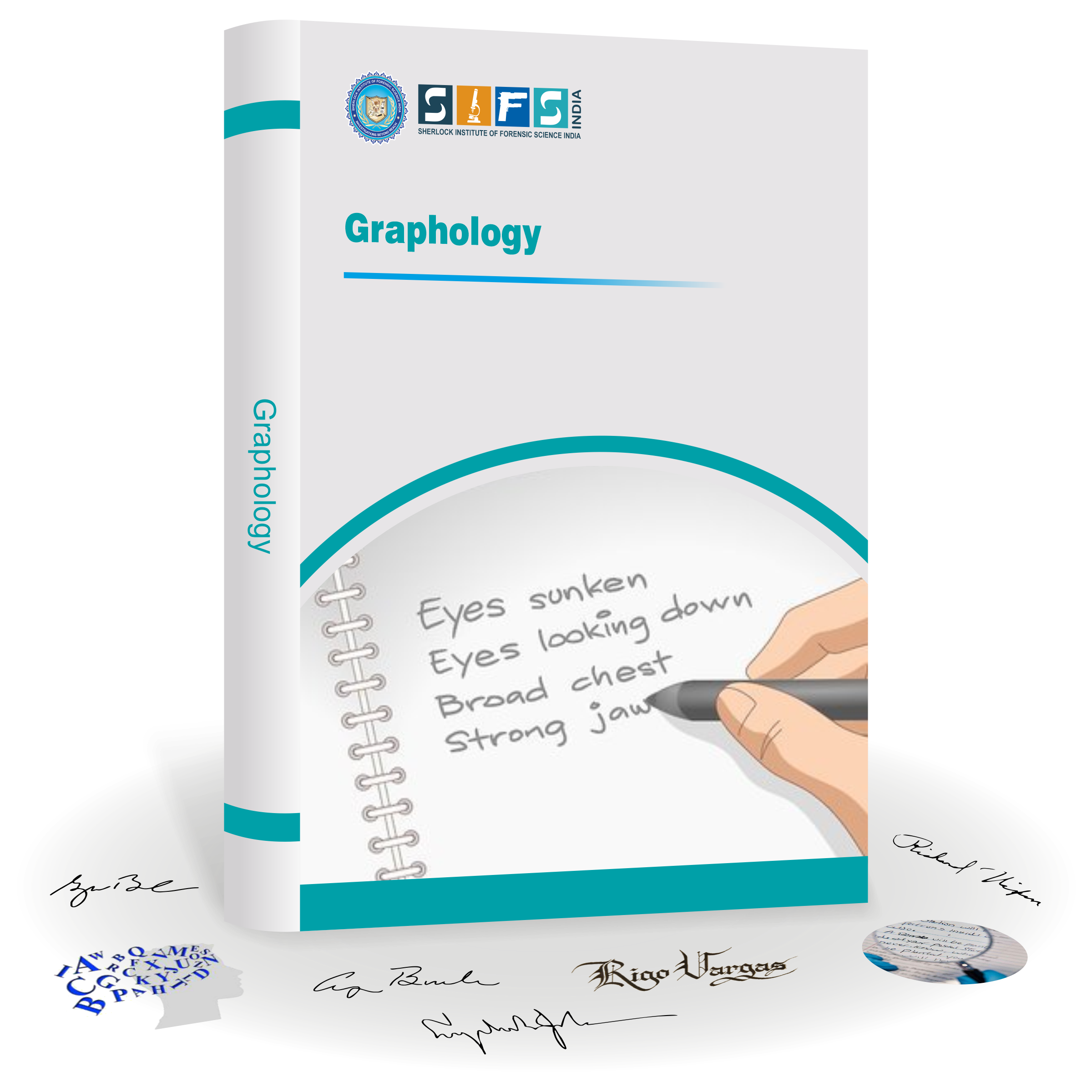
Dec Batch 2025
Last Date to Register : 25th Dec 2025
The Graphology Online Course by SIFS India is designed to help you gain a deep understanding of the human mind through the art and science of handwriting analysis and its psychological significance.
You will learn how to analyze a person’s handwriting and signature to discover hidden traits about his personality, along with a technique called graphotherapy that guides you to overcome the negative traits for betterment.
All the sessions are pre-recorded and taught by skilled professionals with several years of experience handling the psychological profiles of criminals and non-criminals alike.
Associate Degree Program comprises of three levels: Level 1 (certificate), Level 2 (diploma), and Level 3 (Post Graduate Diploma), and the entire curriculum is divided among these levels.
A few of the topics you will learn about are: graphology history, benefits and limitations of handwriting analysis, different types of psychological theories, analyzing different personality types, criminality in handwriting, report writing, graphological traits, lowercase letters i and t, psychological stages of development, and application of graphology in various aspects of life, both personal and professional.
So enroll now to bring about a valuable change in people’s lives using this cost-effective technique of unlocking the secrets of the written word.
Course Benefits
Enrolling in this course will equip you with the rare and valuable skill of analyzing handwriting and interpreting a person’s personality, thereby gaining insights about their real and public behavioral tendencies. It is a highly demanded skill in fields like forensic psychology, recruitment, and personality development and opens the door for diverse opportunities in both personal and professional spheres.
Course Outcome
Upon successfully completing this course, you will become proficient at decoding the hidden messages in handwriting. You will have the skills to assess personality traits, identify potential issues, and offer valuable insights in various domains, including hiring assessments, personal development, and forensic psychological analysis of criminals and victims.
Course Highlights
- Pre-recorded sessions with real-life case studies
- Lectures by experienced graphologists and graphotherapists
- Industry-specific and comprehensive study material and reference books
- Practical experience in assessing handwriting samples
- Community of professional handwriting analysts
- Networking opportunities for career enhancement
Payment Details:
International Student : PayPal: forensicdocument@gmail.com
Account Details for National Student
Bank Name - ICICI BANK
Acc. Name - SIFS INDIA PVT. LTD.
Account No. - 663505500086
Type - Current
IFSC Code - ICIC0000160
Address - ICICI Bank, H-4, Model Town -III, New Delhi - 110009






